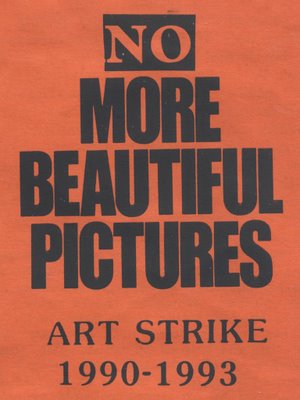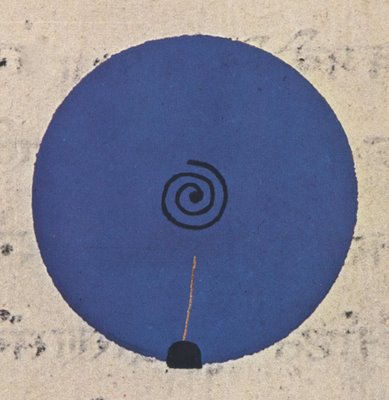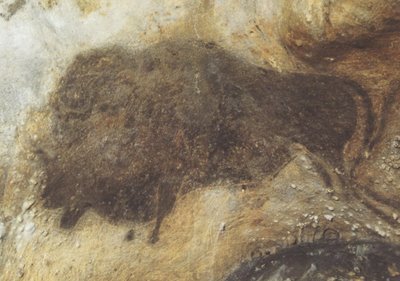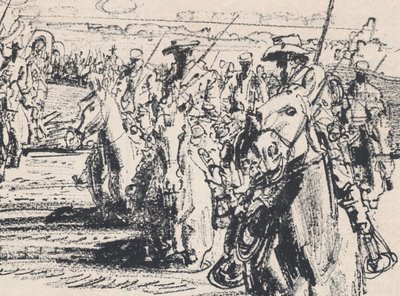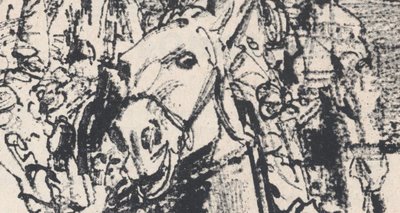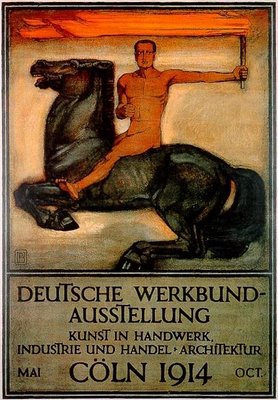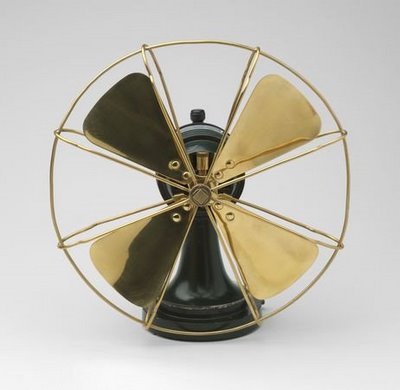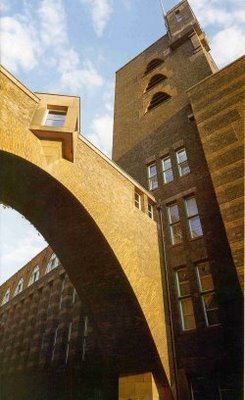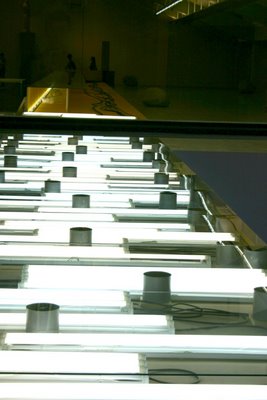
Foundation is, of course, the Gulbenkian Foundation. I have myself had the chance to discover some of the Foundation's warehouses and storage rooms, and it was an impressive experience. The average visitor has no idea that the two buildings, seperated by a medium-size, beautiful park with a pond in the middle, are actually connected underground. And I suppose that's where most, if not all, of the material for Cabrita Reis' work comes from. Neon lights, glass plates, old tables and shelves, cables, more cables, boxes, fragments of stairs, marble bases for sculptures, huge stones... The guts of an institution renowned for its clean, effective approach. The entrails we shouldn't be seeing, impressed as we like to be by the harmonious landscape designed to be seen from the outside, never from the inside. What is the impression now? How does it change our perspective, our view of the basis? The Gulbenkian Foundation can afford this self-irony. It is generous enough, and has good enough taste.

Is this ridiculous? Shouldn't we be analyzing something else? After all, Foundation is, of course, not just this foundation, but the foundation of something, the basis, the beginning, the rule - what Germans call Grund. Knowing Cabrita Reis' work to be often focused on the art world and museum institution as such, this might be the foundation of art, the real foundation of art, apparently chaotic, meaningless, or at least incomprehensible, often unaccessible (we can walk on some parts of the installation, but in an arbitrary way it is decided by the guards that we cannot walk on other parts), complicated, complicated, overwhelming... and yet, somehow harmonious, fitting, as if there was space for us, as if there was space for what we do, for our creation and our appreciation, for free-associating and even squatting on a stone, if we insist (although I haven't tried that, the guards might react).
If all this can be dwelved into, then why do I prefer to describe the Gulbenkian warehouse? Maybe because the one thing that's difficult to comprehend is how direct this link is. We are there, at the Center for Contemporary Art of one of 10 richest foundations in the world. And yet, this is the way it works. This is the foundation. It is a complex game of basic elements. Of course, with a Corot stuck somewhere to a wall.

Technorati:



